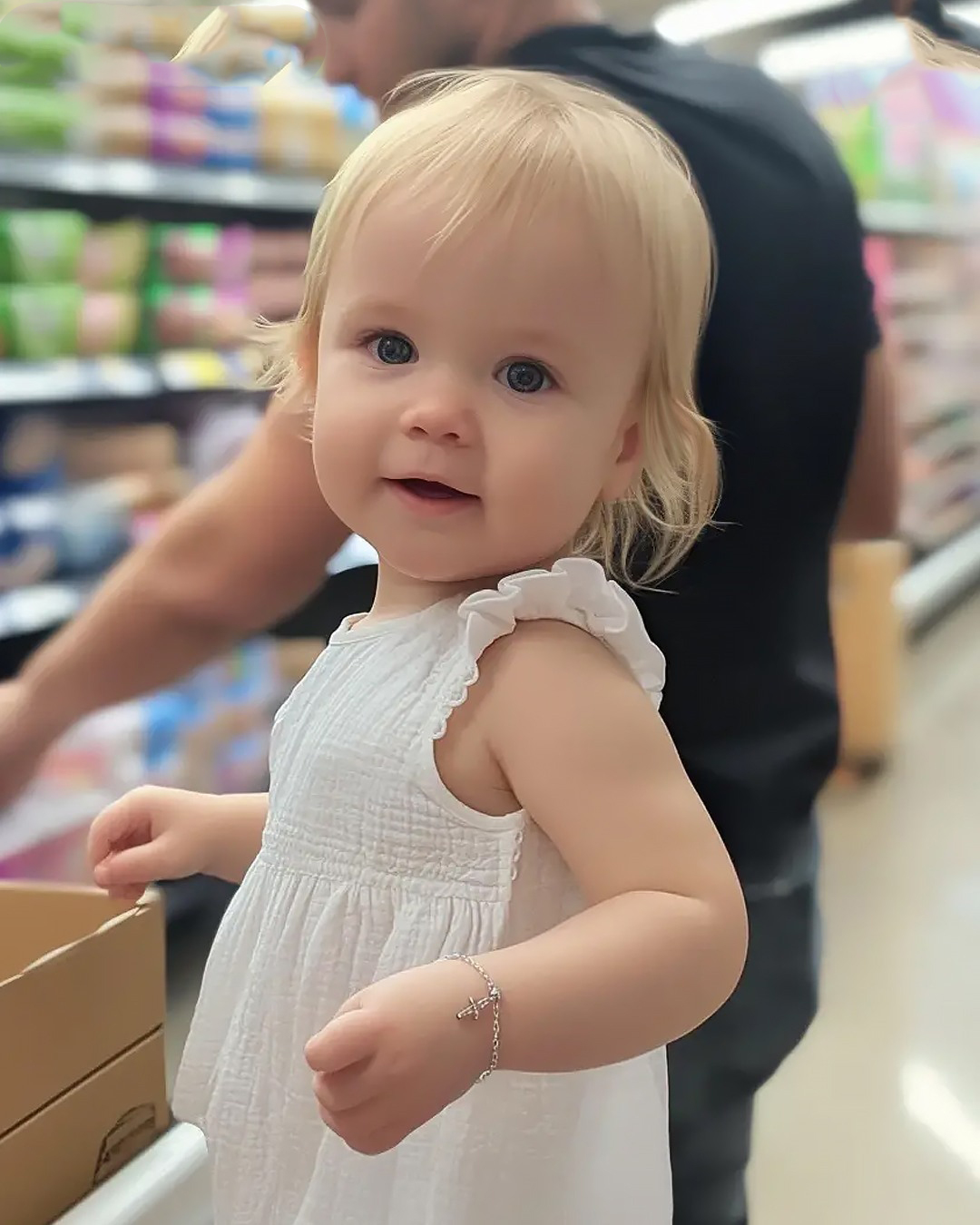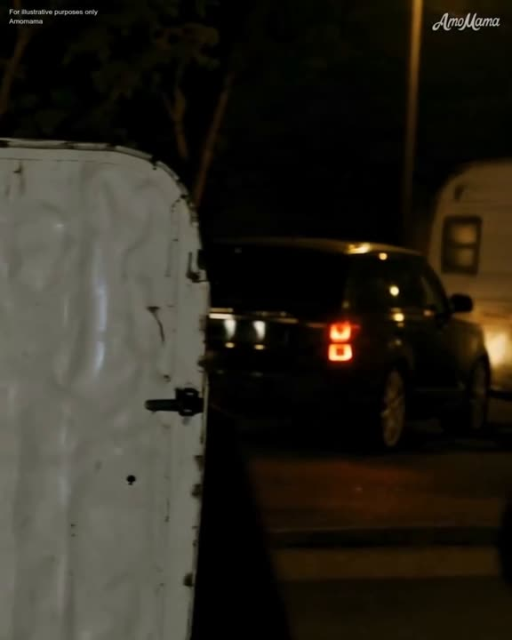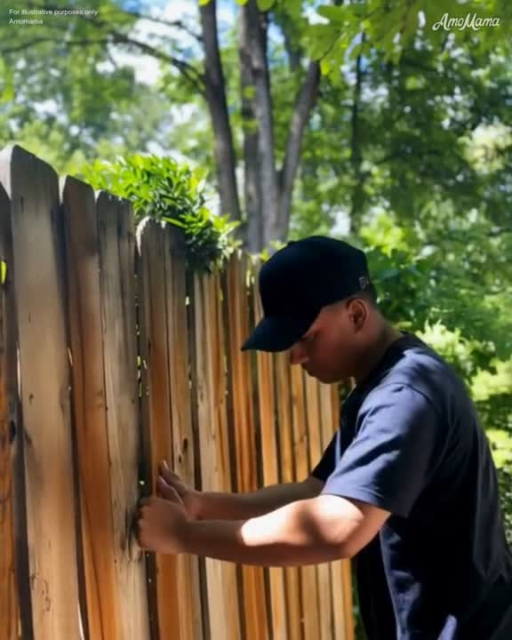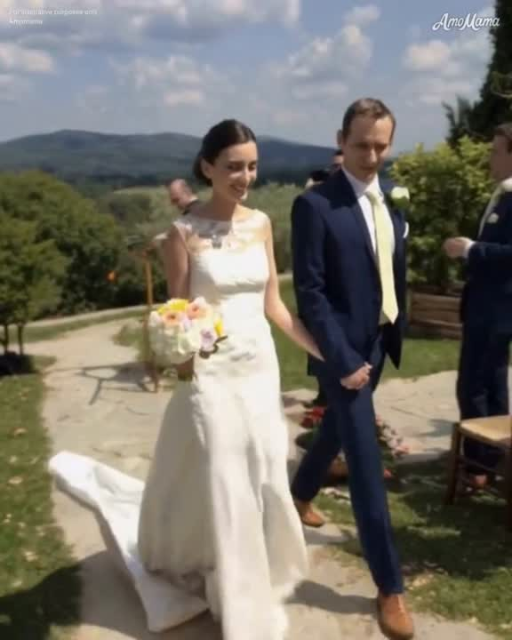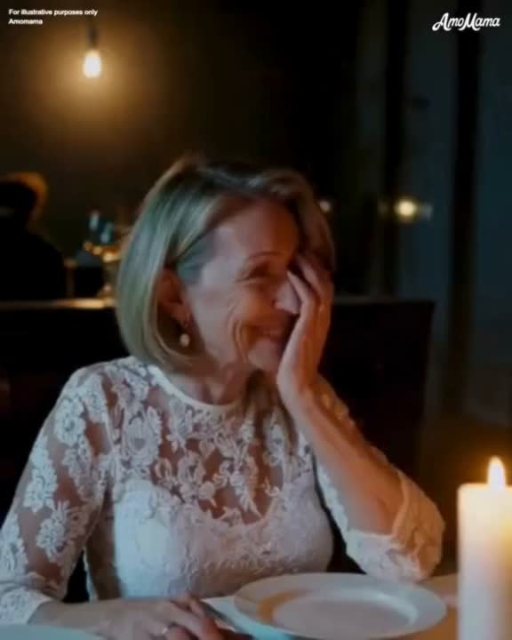It began like any other Tuesday morning. I was rushing, as usual, already running late, and the last thing I wanted was to face the crowds at the grocery store. But I had run out of milk and couldn’t ignore the empty fridge any longer.
The monotonous and repetitive tasks of daily life often felt like a harsh reminder of how different things were now. Yet, life had to continue.
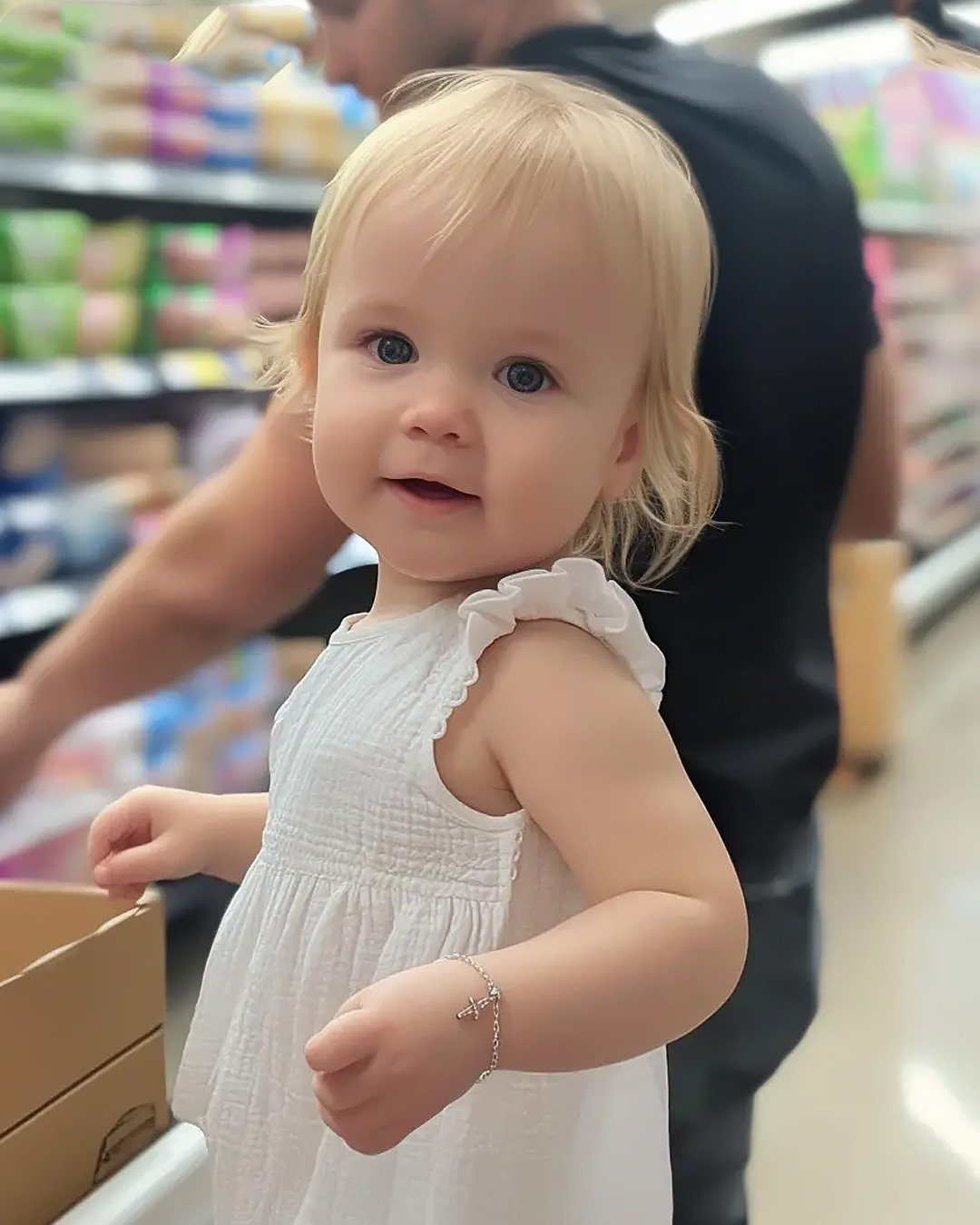
While pushing the cart down the aisles, mentally checking off items from my list, I noticed a man struggling with a small child in the cereal section. His daughter, probably around three years old, was having a full-blown tantrum, with tears, screams, and flailing arms.
The man looked utterly defeated, his shoulders slumped under a weight far heavier than just a difficult morning. I felt a pang of sympathy; I had been there before—years ago.
I approached, maternal instincts kicking in. “Need a hand?” I asked, offering what I hoped was a reassuring smile. The man looked up, his expression a mix of surprise and relief. It was as if he was drowning and I had just thrown him a life preserver.
“Thank you,” he said, running a hand through his tousled hair. His voice was laden with exhaustion. “It’s just the two of us, and mornings like this can be tough. Especially since her mom left us a year ago.”
There was an unvarnished honesty in his voice that caught me off guard. It wasn’t just the usual parental fatigue—this man was floundering under the weight of grief. I crouched to his daughter’s level, hoping to soothe her.
She looked at me through tear-filled eyes, her small face flushed from the effort of her tantrum. I gently offered a box of cereal, guessing it was her favorite by the way she instantly stopped crying. Her tiny fingers grasped the box as if it were her own lifeline, and her sobs quieted into silent hiccups.
“That’s better,” I said softly, trying to meet her gaze with a kind expression. That’s when I noticed the bracelet on her wrist—a delicate silver chain with a small cross dangling from it. My heart stopped.
I knew that bracelet. I had buried it with my daughter.
A wave of dizziness washed over me, and the store seemed to blur at the edges. My mind reeled, trying to make sense of what I was seeing. How could this man’s daughter have something that belonged to my child?
My child, my sweet Emily, who had passed away five years ago after a battle with leukemia. I had placed that bracelet in her hand when we said our final goodbye. And yet, here it was, dangling from this stranger’s daughter’s wrist as if nothing had happened.
The man noticed my stare and shot me a curious glance. “Are you okay?” he asked, concern creeping into his voice.
I quickly masked the shock with a forced smile. “Yes, just a bit dizzy. I’ll be fine.”
He nodded, still looking worried but thankfully didn’t press further. After a few minutes of conversation, I wished them well and hurried to finish my shopping. But my mind was spinning. I couldn’t let it go. I had to find out how that bracelet came to be on her wrist.
For the next few days, I couldn’t stop thinking about it. The bracelet was more than just a piece of jewelry; it was a symbol of my love for Emily, something I believed was buried with her forever. I even returned to the store at the same time, hoping to run into them again, but they were nowhere to be found.
After days of sleepless nights and endless worry, I decided to approach the situation differently. Seeing that bracelet haunted me, so I did some digging into the past. It wasn’t easy, but I needed answers. What I discovered left me heartbroken and angry.
Years ago, the funeral home that had handled Emily’s arrangements had been involved in a scandal. The director, a man named Harold Simmons, had been fired for mishandling services. He had sold personal items of the deceased, including keepsakes meant to stay with loved ones in their graves. My daughter’s bracelet—Emily’s bracelet—had been stolen and sold, probably without a second thought.
I couldn’t let the anger consume me, tempting as it was. Instead, I decided to reach out to the man whose daughter now wore Emily’s bracelet. Confrontation wasn’t the answer. It wasn’t his fault, and I knew that.
I shared the situation with my close friend, and she just happened to know the man, agreeing to give me his contact information. It felt strange writing that letter, but I poured my heart into it. I explained the bracelet’s significance, the pain of losing Emily, and how seeing it on his daughter’s wrist had stirred emotions I thought I had buried long ago.
A few days later, my phone rang. It was an unknown number, but I had a feeling it was him. I answered, my heart pounding.
“Hello, is this Linette?” asked the voice. It was warm and concerned.
“Yes, this is she. Is this Mr. Daniels?” I replied, trying to steady my voice.
“Please, call me Bob,” he said. There was a pause before he continued, “I read your letter. I’m so sorry, Linette. I had no idea about the bracelet’s history. When I bought it, I thought it was just a beautiful piece of jewelry for my daughter. I can’t imagine how painful this must be for you.”
“I appreciate that, Bob,” I said, my voice softening. “I know it’s not your fault. It’s just… I just want to set things right.”
He sighed, the weight of the situation evident in his tone. “Look, I’d like to help you if you’ll allow me. I’m a lawyer, and I think we could have a case against the funeral home. It’s about more than the bracelet. It’s about the principle, the trust they betrayed.”
I was taken aback by his offer. “You would do that for me?”
“Absolutely,” he said, with a sincerity that surprised me. “No one should have to go through what you have. Let’s make sure no one else will have to.”
Over the next few months, Bob and I worked closely on the case. He was relentless in pursuing justice, and his kindness was a balm to my wounded heart. We spent long hours in his office, sorting through documents, gathering evidence, and preparing for court. His daughter, Emma, often joined us, quietly coloring or playing with her toys in a corner. I began to feel a connection to her, too. She was sweet and gentle, just as Emily had been.
One evening, after an especially grueling day, Bob looked at me over the rim of his coffee cup. “You know, Linette, this case—it’s not just about the bracelet anymore, is it?”
I nodded, feeling a lump in my throat. “No, it’s not. It’s about closure. For Emily, for me… and maybe even for you and Emma.”
He nodded, a thoughtful look in his eyes. “I think you’re right. And I’m glad we’re doing this together.”
Finally, the day of the trial arrived. We walked into the courtroom with our heads held high, determined to make our voices heard. Bob presented our case with passion and precision, highlighting the emotional pain and betrayal that the funeral home’s actions had caused.
When the verdict came, I felt a weight lift off my shoulders. We had won. The funeral home was ordered to pay substantial damages and issued a public apology. But more importantly, I felt a sense of closure. Justice had been served.
After the trial, as we stood outside the courthouse, Bob turned to me with a warm smile. “We did it, Linette. We got justice for Emily.”
Tears filled my eyes as I nodded. “Thank you, Bob. For everything.”
We continued seeing each other, and as time went on, our relationship deepened. We began dating, and I became more involved in Emma’s life. The little girl who once wore the bracelet that caused me so much pain now felt like part of my family.
In the end, I realized that sometimes the worst moments in our lives can lead to the most unexpected blessings. The bracelet, once a reminder of pain, became a symbol of hope and a new chapter in my life.
If you’ve ever experienced something similar or have thoughts on this story, please share your comments with us. We’d love to hear from you!
